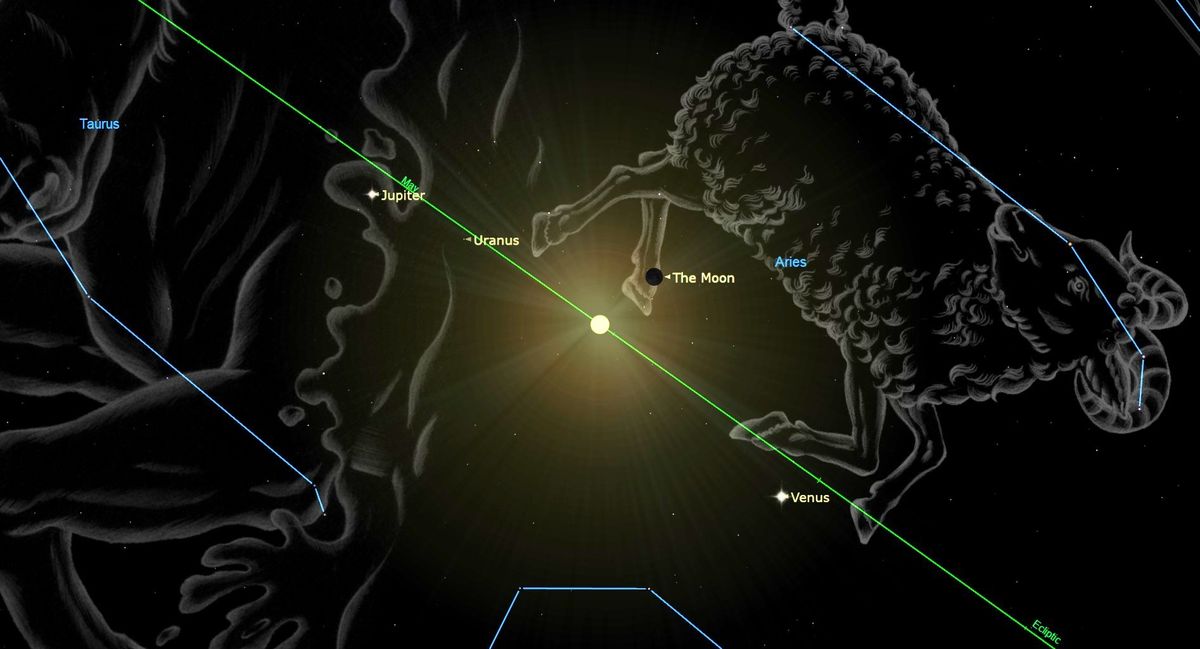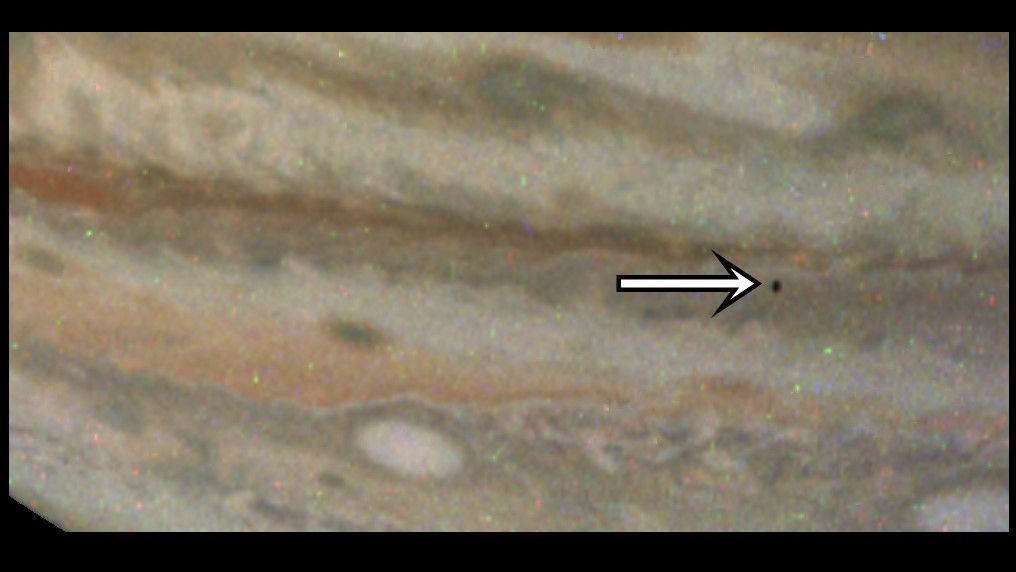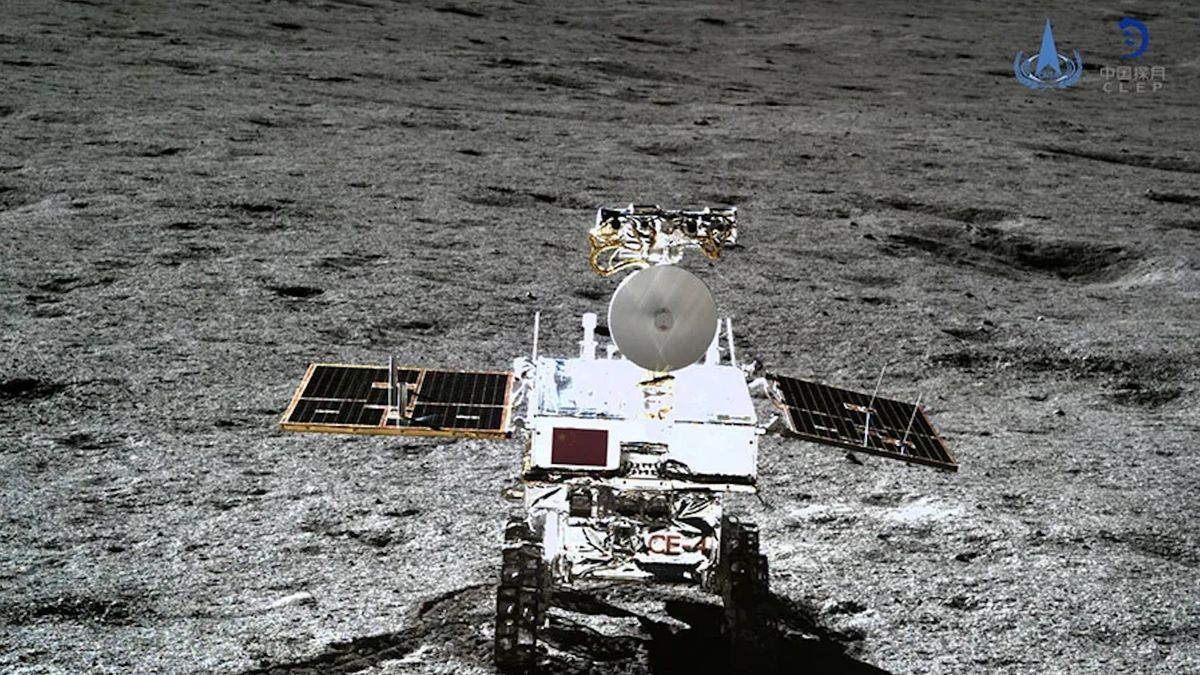Understanding the Moon Phases
May 2024 brings an exciting revelation in the heavens as the new moon graces our skies. During this phase, the moon aligns perfectly between the Earth and the sun, resulting in what astronomers call a conjunction. However, due to the moon’s slightly tilted orbit, observers are unable to witness the new moon, as it remains hidden in the sun’s glare facing away from our view. Intriguingly, this alignment only occurs when the moon’s celestial longitude matches that of the sun, a phenomenon that promises a rare solar eclipse in the near future.
Visible Planets and Celestial Delights
As dusk descends on May 7, various celestial bodies make their grand appearance in the night sky, marking a celestial spectacle that captivates skywatchers worldwide. Saturn, Mars, and Mercury, gracing our predawn skies, unveil a stunning planetary trio, each rising at unique intervals to offer a visual feast for the senses. While these planets are visible in northern latitudes like New York, viewers residing closer to the equator experience a more enhanced display due to the steep angle at which the ecliptic intersects the horizon.
- Saturn rises at 3:25 a.m. in New York City
- Mars follows suit at 4:08 a.m.
- Mercury completes the trio at 4:53 a.m.
Observing the Night Sky
At nightfall, constellations like Gemini, Leo, and Lyra take center stage, offering a mesmerizing display of stars as they dance across the celestial canvas. Skygazers in the Northern Hemisphere witness the fading glow of winter stars, welcoming the onset of summer constellations that dominate the nocturnal landscape. Meanwhile, in the Southern Hemisphere, the approach of winter heralds the arrival of Orion, Gemini, and the iconic Southern Cross, painting a captivating picture of cosmic elegance.
Exploring the Southern Skies
For observers in mid-southern latitudes, an enchanting journey unfolds as Orion, Sirius, and Canopus grace the horizon, creating a celestial panorama like no other. The inverted view of familiar constellations offers a unique perspective, showcasing the beauty and diversity of our universe. As the night progresses, Scorpius, Lupus, and Carina make their majestic entrance, casting a spellbinding glow upon the southern heavens, inviting viewers to embark on a celestial odyssey unlike any other.
Image/Photo credit: source url





